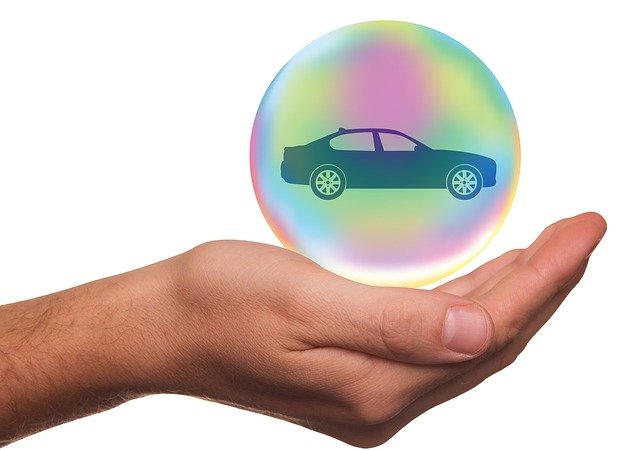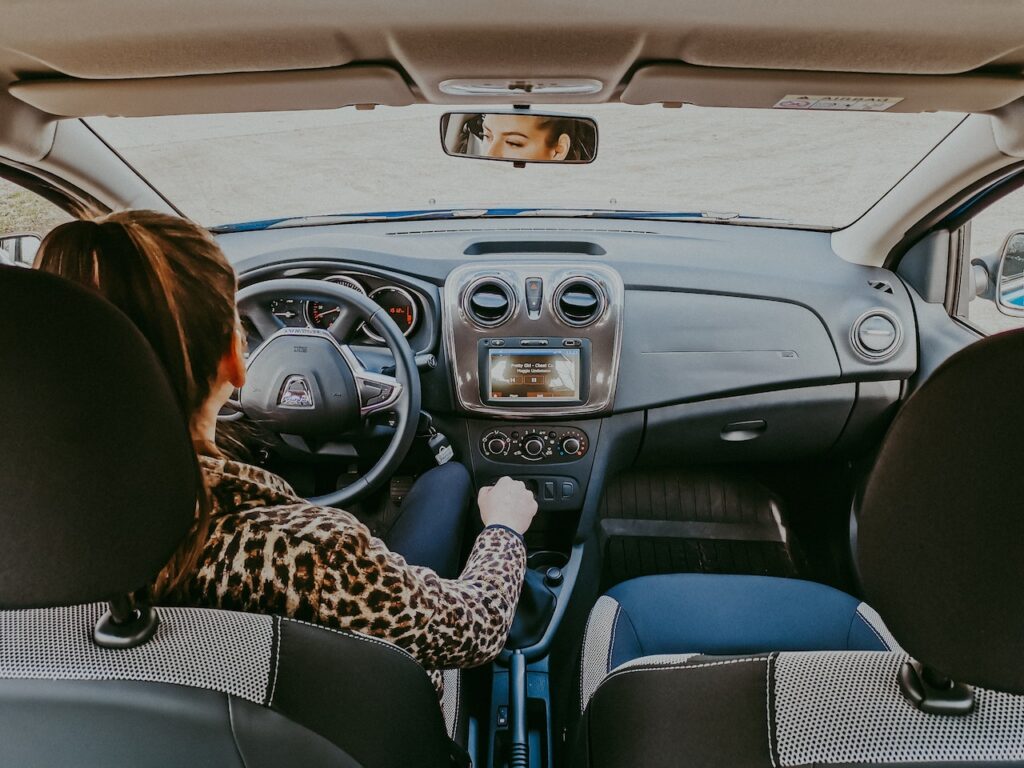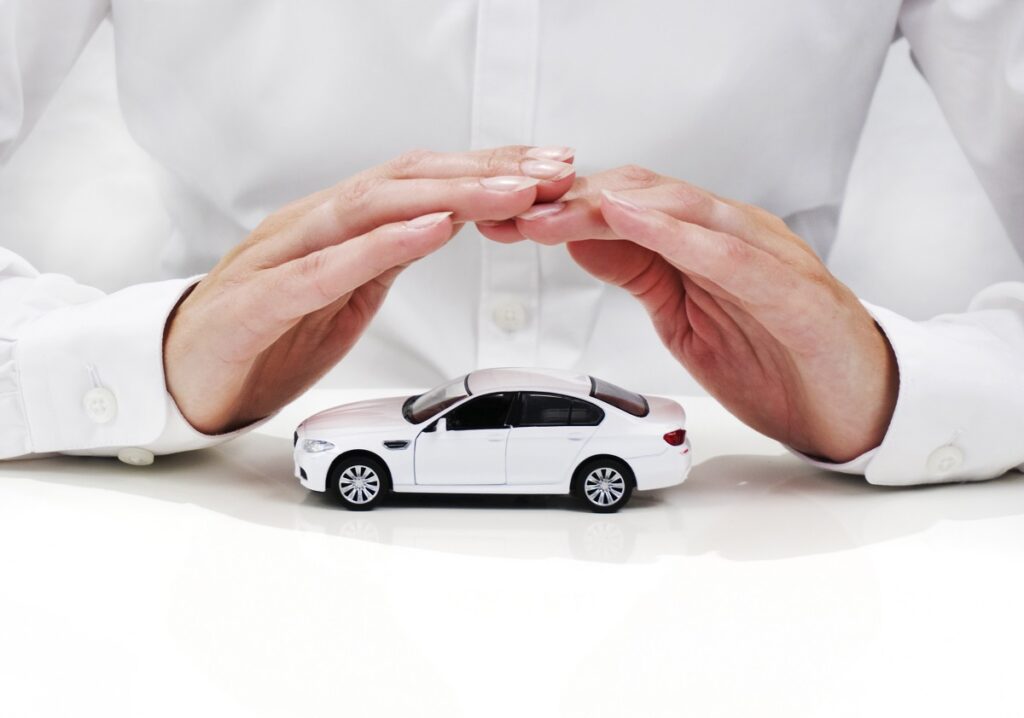The last thing you ever want is to be involved in a car accident. They’re scary and expensive. If you are in an accident, which happens to almost everyone eventually, you do want to have the right amount of insurance coverage.
When you’re buying new auto insurance, however, the last thing you might be thinking about is the potential you could be in an accident. You’re probably instead thinking about how you can get by paying as little as possible for your premiums. That might leave you paying out of pocket if something happens.
Rather than trying to cut corners on coverage, it can be more beneficial to find instead legitimate ways to save on the costs you pay for insurance.
Technology is one option that some drivers are increasingly turning to, but does it really save you money, and if so, what do you give up in exchange for that coverage?

Safe Driving Rewards
The idea of insurance companies rewarding so-called safe drivers isn’t new, but there are new methods to determine who gets those rewards. In the past, your insurer might lower your premiums if you went for a long time without a traffic violation or accident.
Now, there are telematics devices that tell your insurer if you’re a safe driver.
These devices record things like your acceleration and braking patterns, your speed, and more.
Usually, insurers track this over a certain period of time, and then after that point, the data is reviewed, and you may be offered a discount.
Some insurers will drop your price just for installing the device, and then once they review your habits, they may lower it even more.
An estimation of how much you can save is around $270 a year, per car, based on information from the Brookings Institution.
Other studies have found that you might be able to save even more.
There’s the indirect fact that telematics devices can help you be a better driver, reducing your accident risk, and you can lower your premiums with a clean driving record.
The downside of perhaps being a safer driver and saving money is that you’re getting all of your movements tracked, and people are becoming increasingly uncomfortable with this.
Also Read:
- Top 5 Best Blind Spot Mirrors for Car in USA
- Top 5 best Fire Extinguisher for Car of 2021 in USA
- Top 6 Best Portable Tire Inflator For Car in 2021 in USA
Usage-Based Insurance
There’s another concept called usage-based auto insurance. This tracks how you drive and operate your vehicle to provide you with lower quotes and premiums.
Root Insurance is a leader in this space, and the company has an app tracking drivers. According to Root Insurance, they can save you as much as 50% on your rates. The idea is that the company charges you based on your actual driving versus traditional factors like location, age, and driving history.
You wouldn’t fill out a form and submit your driver’s license. Instead, you let the company “watch” you drive for a while, and they then create a quote based on what they see.
While Root is one of the newer companies with usage-based models, some larger companies are experimenting with the concept. Progressive for example has its Snapshot program that uses an app to track your driving in exchange for discounts.
The concept is built on gamification. You can earn more discounts over time, encouraging you to keep the app running.
The data being collected, at least according to Progressive, is used to calculate an insurance quote or what you’ll pay when you renew.
To build Root profiles or use these other driving programs, there are apps and technology always running in the background. At Root, persistent monitoring is required to make a profile, meaning you can turn it off or your trial period is disrupted.
One of the biggest issues consumers seem to have with all of this is the sharing of personal location data.
Also called geolocation, this is the most sensitive data point, according to numerous studies on the topics. That’s because by tracking your location, these companies are also tracking what health care providers you’re visiting, religious institutions you might go to and where you’re shopping.
There is also some concern that the technology isn’t reliable enough when it’s collected on a phone to assess insurance premiums. The phones’ sensors aren’t made for this type of collection, and it’s different from telematics devices. Additionally, since some of the apps are always tracking, you might get a ding when you’re in the car with someone else.
Overall, consumers have to decide on a personal basis whether or not they’re willing to make the trade-off that comes with safe driving technology.









